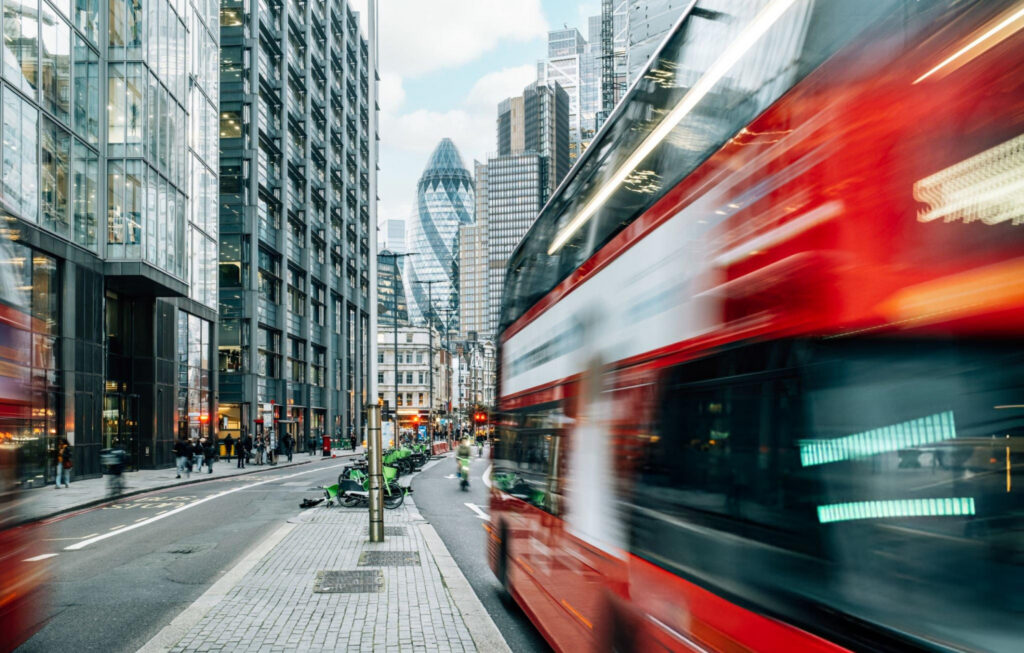Tony Hopkins
Tony Hopkins
A transport, tourism, and logistics expert and bus industry veteran of 40 years, Tony has delivered comprehensive passenger transport solutions for some of Australia’s most renowned bus brands.
Tony has served as a chair, president, vice president and committee member on the executive of various state and national industry associations for the past 14 years including the Bus Industry Confederation (BIC), Australian Public Transport Industry Association (APTIA), Queensland Bus Industry Council (QBIC) and the former National Heavy Vehicle Regulator (NHVR) Taskforce.
Tony is an active contributor to the community and wider industry, lobbying state, and federal governments to create improvements for various bus operators across the country.






